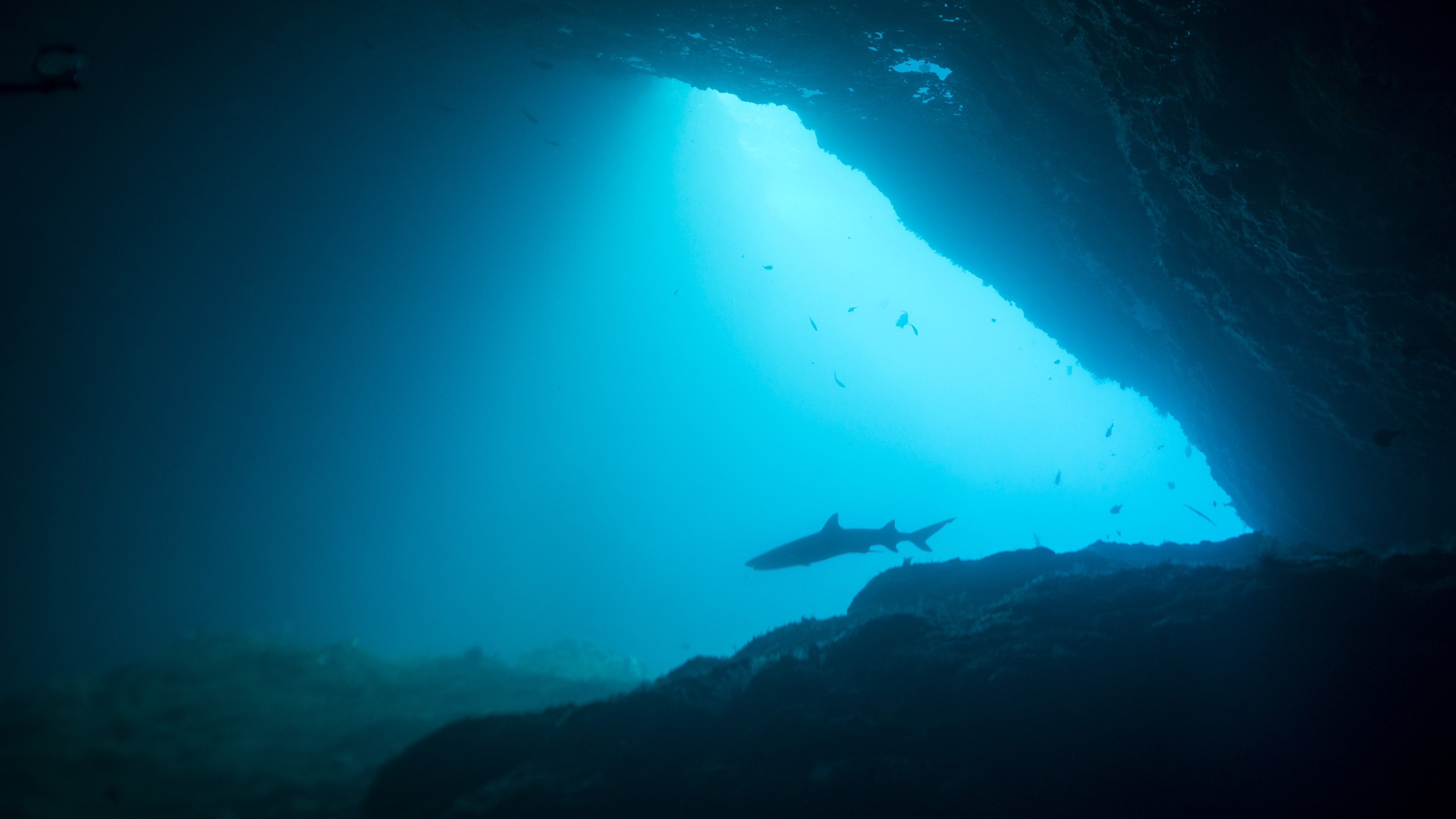What percentage of the ocean have we mapped?
"It's crazy to think that we don't have a complete map of our planet," one researcher involved in a project to map the entire seafloor by 2030 told Live Science.

Humans have explored an extraordinary variety of strange and harsh environments — from the icy landscapes of Antarctica to the unforgiving surface of the moon. But there's one place right under our noses that is still full of mystery: the bottom of the ocean.
Most of the ocean's depths have never been seen by human eyes or even mapped accurately, leaving vast swaths of seafloor essentially undiscovered. So how much of the ocean have we actually explored?
It depends on how you define "explore."
The first step of exploration is mapping — simply plotting out the shape of the seafloor, Vicki Ferrini, a geoscientist at Columbia University, told Live Science. And as of mid-2023, we've only mapped about a quarter of the seafloor with high-resolution data, she said.
"It's crazy to think that we don't have a complete map of our planet," Ferrini said.
Related: 'We know far more about the deep ocean than the moon or Mars,' says explorer Jon Copley
Scientists map the ocean floor mostly using sonar, a detection technique in which instruments in the water send out sound waves and measure how long the waves take to bounce back, Ferrini said. In some shallower areas, scientists also use satellites and techniques like lidar — a type of measurement using lasers.
Get the world’s most fascinating discoveries delivered straight to your inbox.
Topographic or satellite maps of Earth may reveal ridges and troughs that crisscross flat plains on the ocean floor, making it seem as though the entire ocean floor has been mapped out, Ferrini said. But most of that detail is modeled using a combination of satellite data, fluctuations in the Earth’s gravity, and points of known depths — it is not actually measured directly, she said. Higher-resolution maps can spot seafloor features that these models miss completely.
"There are seamounts and big bumps that stick up," Ferrini said. "And there are lots of beautiful, meandering channels on the seafloor, where deep ocean currents are pushing sediments around."
But even locations with "high-resolution" data don't have much detail, especially when compared with the level of detail maps of the world's land reveal. The highest resolution areas on seafloor maps only have a resolution of about 328 feet (100 meters), Ferrini said, or about the length of a football field — meaning even the best maps still miss any details smaller than that.
Maps of the seafloor are constantly expanding, especially with the support of the Seabed 2030 initiative (which Ferrini is part of) that aims to have a complete map of the ocean's floor by 2030. Yet mapping alone can only tell us so much about what's going on at the bottom of the ocean floor, Ferrini said, adding it can miss things like what the seafloor is made up of or what's living down there.
To answer some of those questions, we may need to move onto the next step of exploration, which is actually seeing the ocean floor. And while researchers and submersible drones have prowled the depths of the ocean all over the world, we've still seen just a tiny fraction of the seafloor.
"The ocean is really what sustains life on the planet," Ferrini said. "And so as stewards of the planet… it's important to understand what's there so that we can hopefully do a good job of managing it."

Ethan Freedman is a science and nature journalist based in New York City, reporting on climate, ecology, the future and the built environment. He went to Tufts University, where he majored in biology and environmental studies, and has a master's degree in science journalism from New York University.


